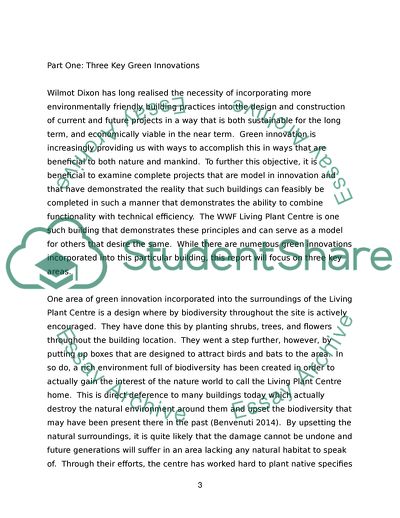Cite this document
(Green Innovation within the WWF Living Planet Centre Assignment, n.d.)
Green Innovation within the WWF Living Planet Centre Assignment. https://studentshare.org/environmental-studies/1848176-green-innovation-tasks
Green Innovation within the WWF Living Planet Centre Assignment. https://studentshare.org/environmental-studies/1848176-green-innovation-tasks
(Green Innovation Within the WWF Living Planet Centre Assignment)
Green Innovation Within the WWF Living Planet Centre Assignment. https://studentshare.org/environmental-studies/1848176-green-innovation-tasks.
Green Innovation Within the WWF Living Planet Centre Assignment. https://studentshare.org/environmental-studies/1848176-green-innovation-tasks.
“Green Innovation Within the WWF Living Planet Centre Assignment”. https://studentshare.org/environmental-studies/1848176-green-innovation-tasks.


